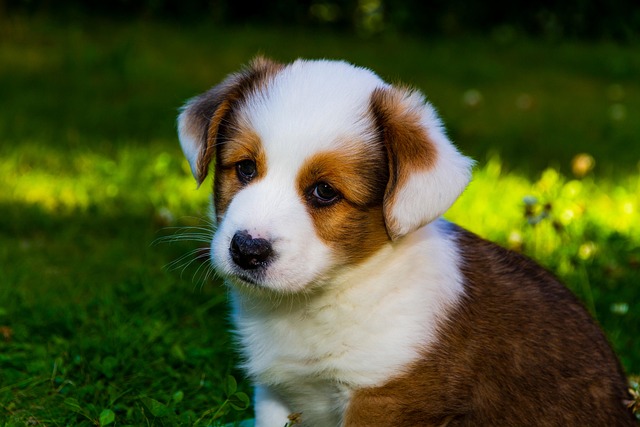
How do i train my dog to be obedient?
Watching your dog dart across the park ignoring your calls isn’t just frustrating—it can put them at risk near busy streets or public spaces.
Teaching dogs some interesting and practical skills in their daily life not only adds fun to life, but also deepens the emotional bond between them. The simple yet interactive command of 'handshake' is one of the skills that many dog owners hope their dogs can master. So, how do we train dogs to learn how to shake hands?
Dogs' learning is mainly based on the principle of conditioned reflex. When a behavior is always accompanied by pleasant outcomes (such as receiving food rewards, praise, and petting), dogs tend to repeat this behavior. So, when training handshakes, it is important to make dogs understand that making the right movements can result in what they like.
Before training, prepare your dog's favorite snacks, such as small pieces of chicken jerky, cheese cubes, etc. Snacks are the key to attracting dogs' attention and providing rewards. Meanwhile, choose a quiet and undisturbed space to allow the dog to focus on training. If the surrounding environment is noisy, dogs are easily distracted, which is not conducive to learning new skills.
When starting the training, let the dog sit quietly in front of you first. Gently lift one of the dog's front paws and clearly say the command 'shake hands'. The movements should be gentle to avoid making the dog feel uncomfortable or scared. When you lift its paw, immediately give it a snack reward and gently praise it, such as "awesome" or "well behaved". At the beginning, dogs may not understand your intentions and may appear a bit confused. But don't worry, repeat this action with instructions and rewards each time. Generally speaking, after 10-15 such operations, dogs may begin to understand your meaning.
When your dog gradually gets used to lifting its paws, you can try not to actively lift its paws, but instead issue a "handshake" command and make a slight inducement gesture near its front paws with your hand. If a dog takes the initiative to lift its paw, even if it's just a slight movement, it should be rewarded and praised immediately. This step is to teach the dog to actively respond to commands, rather than relying on your auxiliary actions. As training deepens, dogs will become more proficient and their response speed will also become faster.

Patience is key during the training process. Dogs have different learning abilities and speeds, some smart dogs may be able to master them with just a few training sessions, while others require more time. Don't beat or scold your dog because it learns slowly, as it will only make the dog feel scared and confused, and develop resistance to training. The duration of each training session should not be too long, 5-10 minutes is sufficient to avoid the dog feeling bored. You can train 2-3 times a day to maintain the continuity of the training.
In addition to food rewards, emotional communication is also very important in training. Dogs are animals that crave recognition and love from their owners. During training, a gentle tone and friendly touch can make your dog feel your love. When a dog makes the right movements, besides giving it snacks, giving it a big hug and touching its head will make it more actively cooperate with training. This emotional interaction not only helps dogs learn skills, but also makes your relationship closer.
When dogs have become proficient in shaking hands in a quiet environment, the difficulty of training and the complexity of the environment can gradually increase. For example, training outdoors or in places with other people and animals can test a dog's ability to respond to commands in different situations. In a new environment, dogs may be distracted by things around them, so you need to guide them more patiently and repeat instructions until the dog responds correctly.
Training dogs to shake hands is a journey full of love and patience. From the initial naivety and ignorance, to finally being able to skillfully extend your little paws to respond to your commands, every progress is full of the dog's efforts and the trust between you two. Through this small skill training, you will find that dogs not only become smarter and cuter, but also your emotions are elevated in the process. Let's use love and scientific methods to accompany dogs in their growth and create more beautiful memories.

Watching your dog dart across the park ignoring your calls isn’t just frustrating—it can put them at risk near busy streets or public spaces.

New puppy owners often find themselves rushing to clean up accidents before they set in, and that’s where puppy pad training becomes a game-changer.

If you've noticed your dog's waistline disappearing and your veterinarian has mentioned those few extra pounds, your first instinct might be to simply reduce the amount of food in their bowl.

Training a dog to use a designated spot indoors isn’t as daunting as many new owners fear, but it does take consistency and an understanding of your pet’s needs.

That moment of dread on a walk is all too familiar for many new dog owners. You see another dog approaching down the sidewalk of your neighborhood

If the sight of another dog on your neighborhood walk makes your heart sink as your own dog erupts into a frenzy of barking and lunging, you're not alone.